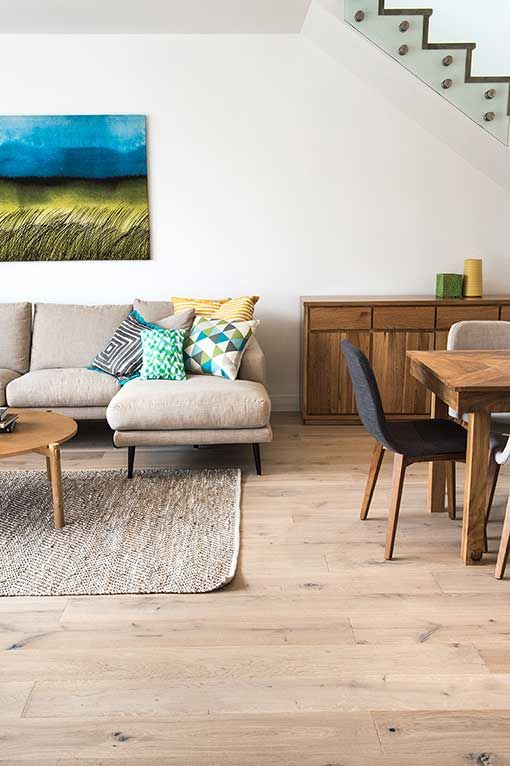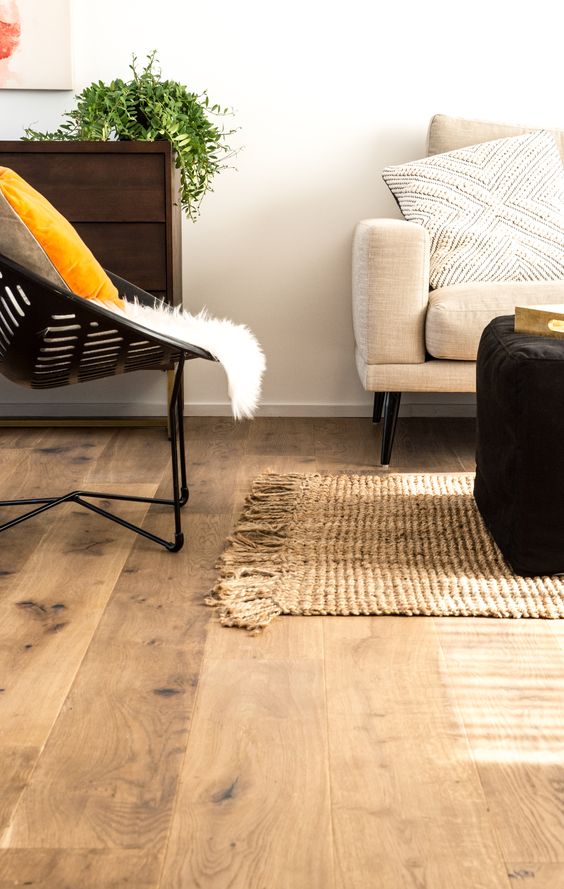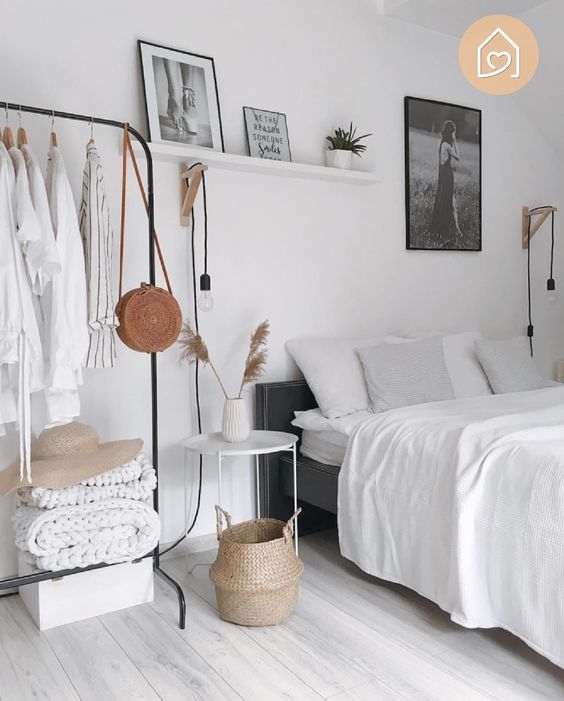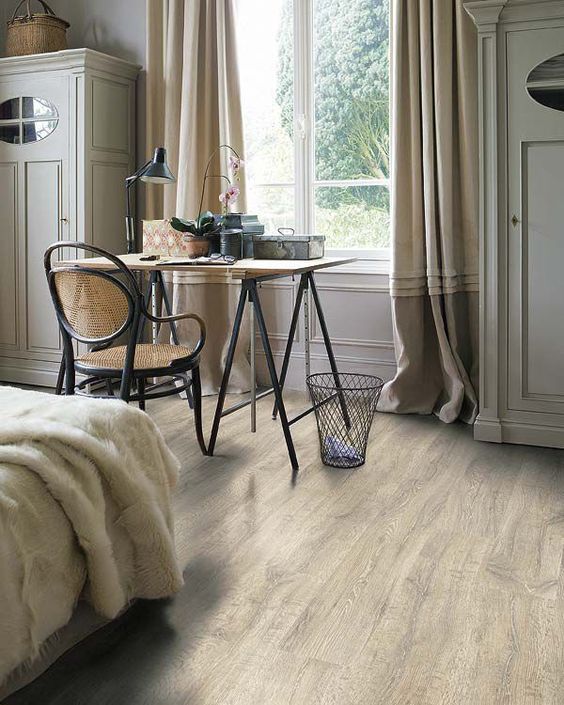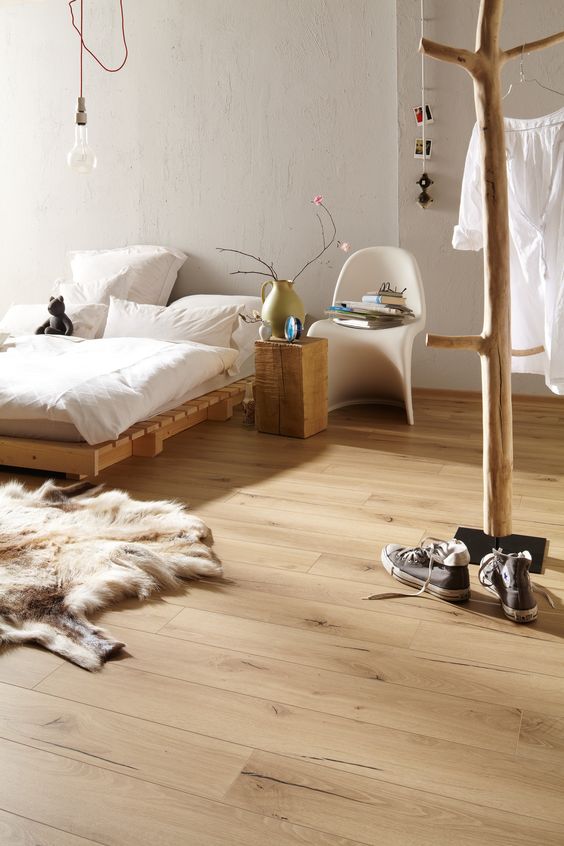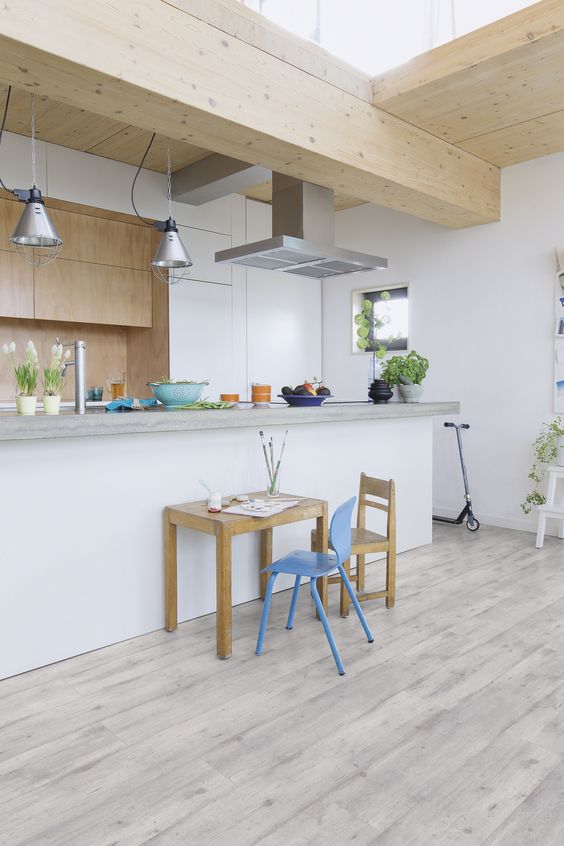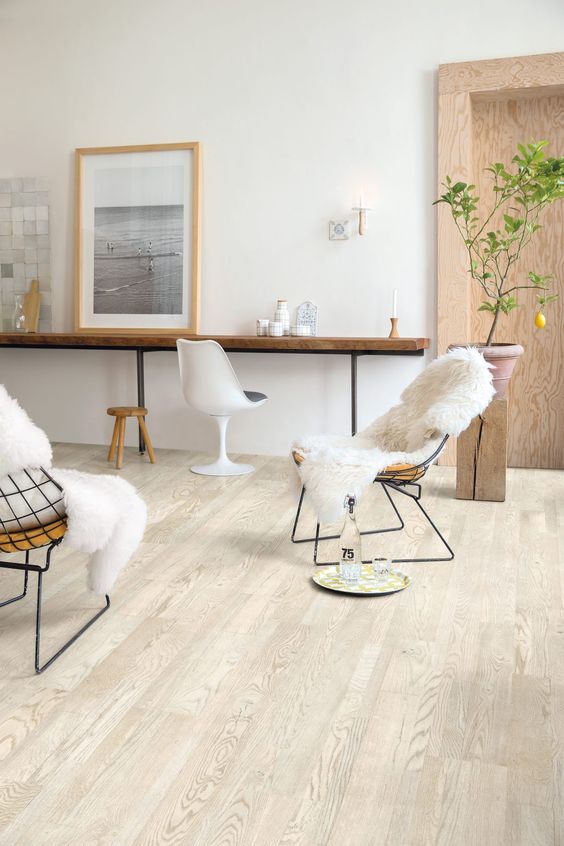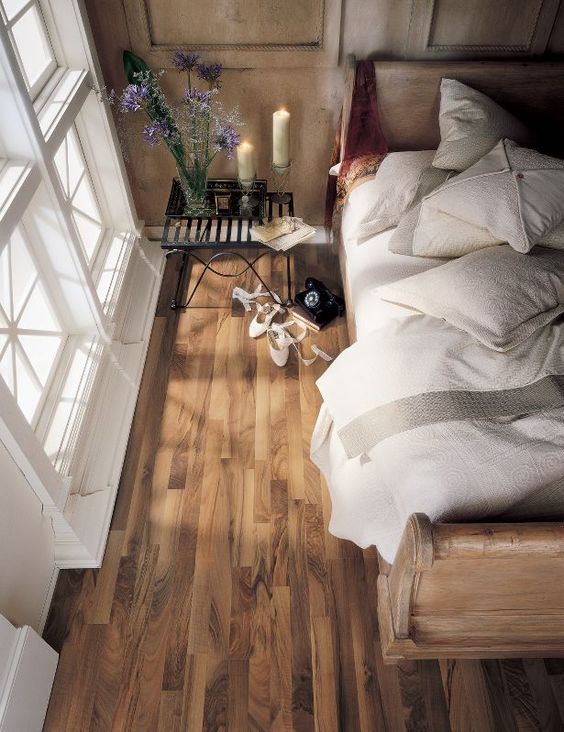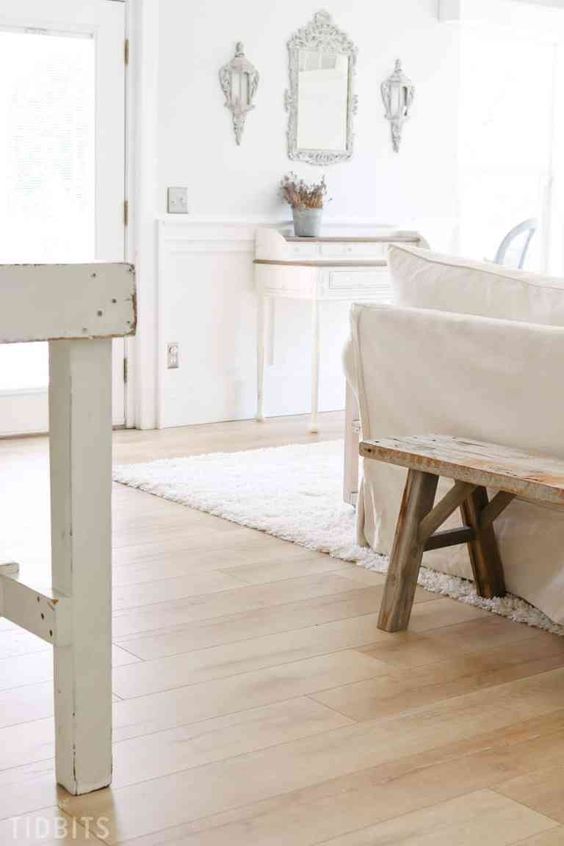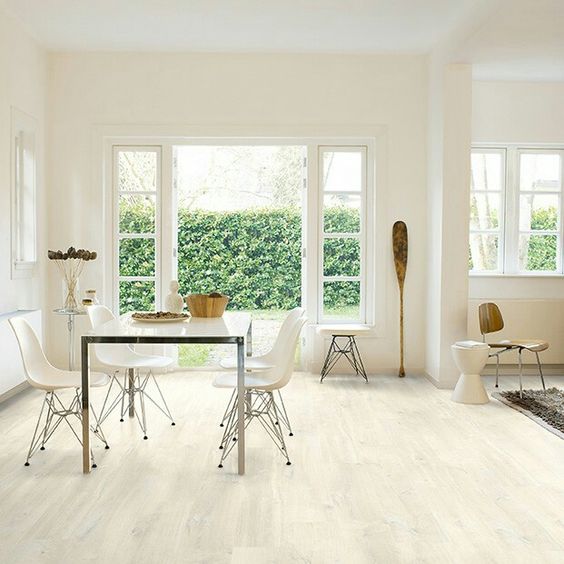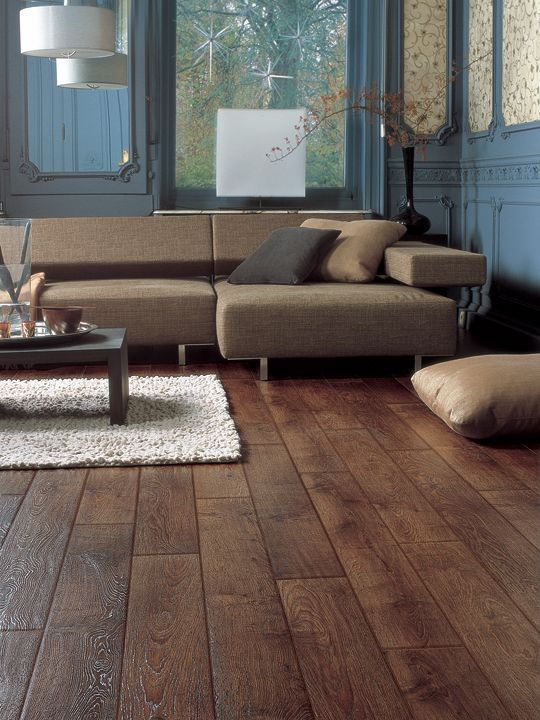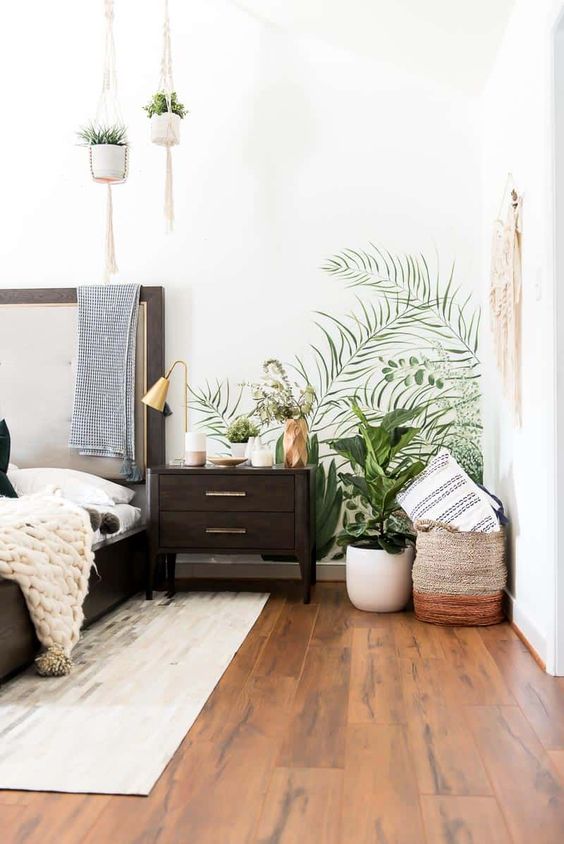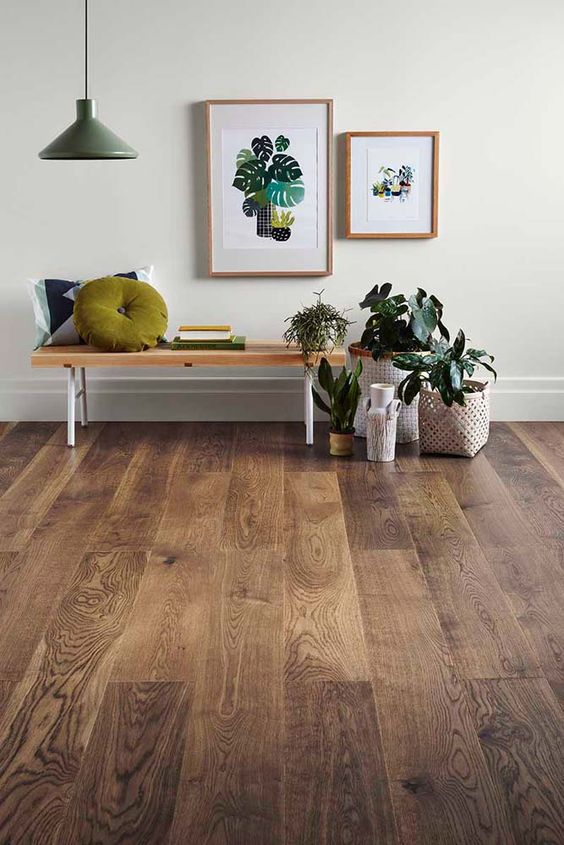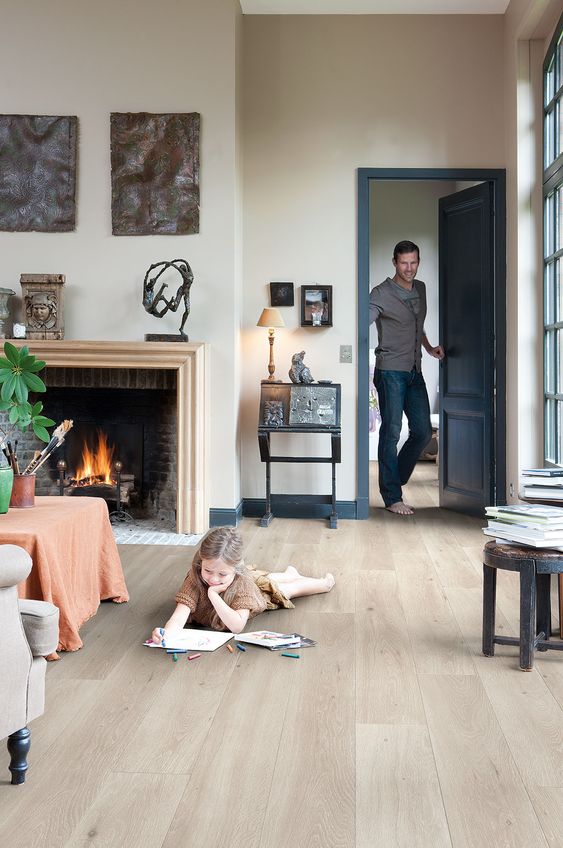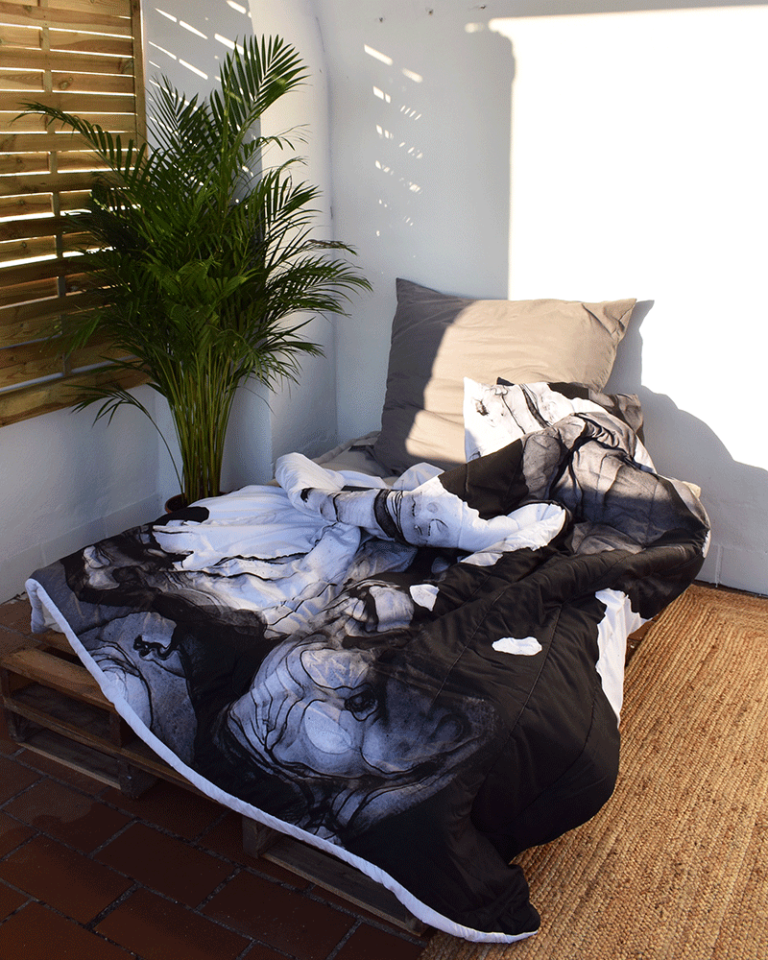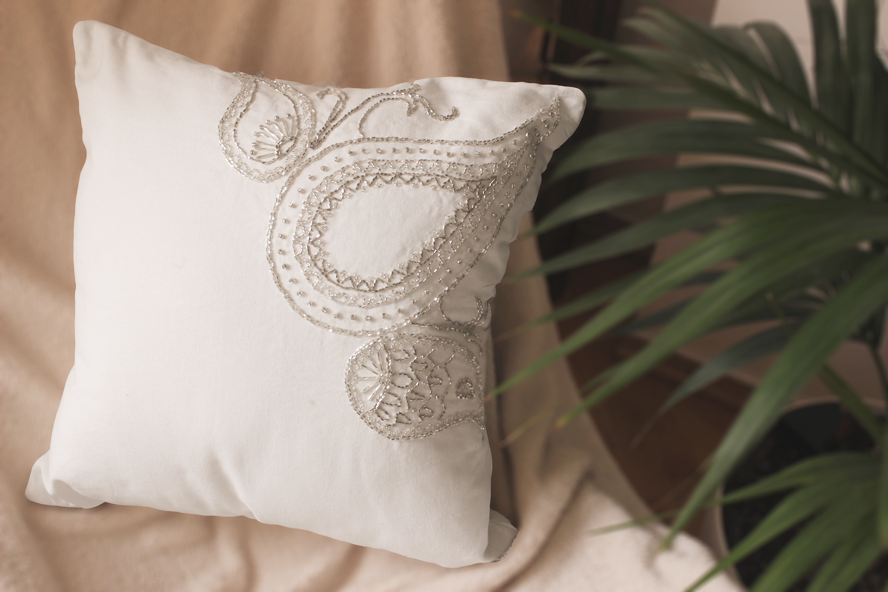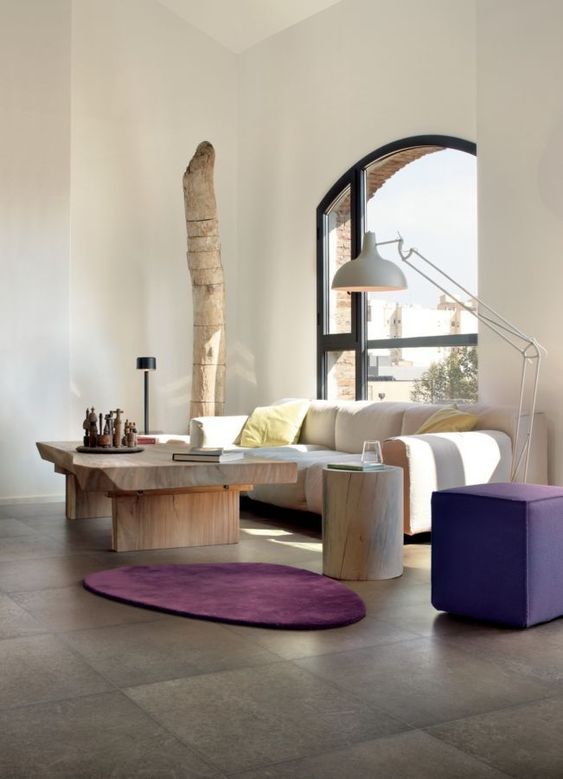Laminate Flooring: What Every Beginner Should Know
Every time we move into our new homes, whether it be an apartment or any other such variation, we might need to make extra adjustments to the design in order to feel like we are home. One of these adjustments could be to change the flooring scheme and design of the place. So, that we can feel more at home and do something that is both more beneficial on a practical and sentimental level. Nevertheless, when you set out to look for a new flooring style, there are some important things you need to keep in mind, so that you make an efficient purchase.
These factors are things like the actual price of the flooring, maintenance and how many times you need to do it, and of course the most important of these factors durability and many more. These factors will help you decide which type of flooring material is the best and what could match your needs and what is suitable for your taste. Thinking about these factors will help you pick a flooring style that is efficient, cost-wise. Also, that is resilient, and has a long use life that can withstand your use on the long run and also can add an aesthetic value to your home.
One type of flooring that we will be looking into throughout our discussion is laminate floorings. Laminate flooring is a form of flooring material that has features that makes it incredibly versatile and practical in a range of situations. As discussed before, when making the decision whether to use it on your new house, you have to consider many important factors such as the types, prices, its durability, installation issues, features and maintenance issue. As a result, this will be the main scope of our discussion on laminate floorings and the things we need to know before using it.
Types of Laminate Flooring
There are mainly two types of laminate flooring. The first of which is called the direct pressure type. In this type, the surface wear layer and the core of the material are fused around the decorative picture layer using pressure near to 300 – 500 psi. This is usually found in the cheaper choices. The second type is the high pressure type. This type features several layers that are bonded together using heat and pressure close to 1400 psi. This material is generally thicker and has more depth. It also includes a water barrier bottom layer. This makes it a better choice for resilience and longevity.
Cost
As a result of increasing advances in technology and also as a result of an increasing demand for cheaper working material, laminate flooring has seen a spike in its popularity and is growing to become a standard with homebuilders and homeowners for a range of reasons that will be discussed. The first of those that will be discussed is cost-effectiveness.
One of the reasons for the spike in the popularity of laminate flooring is because of the advancements in laser-generated technology and the photographic image layer of laminate floorings. This feature allows the material to convincingly mimic any other material available out there. This could range from everything from marble to ceramic to wood. All of this with a much more economical cost. This is excellent for anyone who is moving in or is renovating and is not particularly sure what they want in a house design.
Now, the homeowners have all of the options they want under their fingertips. Laminate flooring could fill any space from a marble tile look in your kitchen and bathrooms to a wooden look floor in the living room and bedrooms. All of this for a very economical price. This is particularly ideal for when you are on a budget for flooring that needs to be on more frugal, but also without really sacrificing quality or aesthetics.
Because of the diversity and the expansion of the laminate material market, the market pricing will range from around $2 per square foot up, which is quite an economic price, to more expensive prices such as $10 per square foot. They are even cases where the price could as expensive as $20 per square foot. Usually, though you get what you paid for, particularly because they usually come with special materials and custom finishes.
It should be noted that the quality of your flooring is directly proportional to the money you pay. So obviously, the more you spend on the quality of the material, the more results you will end up with. Also, it is more than important to get your supply from a reputable source. You also want to make sure that they have a fair, quality warranty on their laminates.
Maintenance
Another important point when picking your flooring material is maintaining and taking care of your new floors. The basic care of a laminate floor needs you to maintain a cleaning schedule. So as to keep the surface of the material clean and in order to remove dirt and other debris that could come about from usage. The main point here is, no matter what material you chose. It will have to responsibly be taken care of.
In comparison, a lot of other materials that are available in the market require heavy maintenance and cleaning. Even in some cases, they require another supplementary equipment to aid in the maintenance process. Nevertheless, this is not the case with a laminate material. That is because the laminate material is made with a protective upper layer. What that layer actually does is that it protects the flooring from dirt and debris from reaching the surface. This makes it quite easy to handle whenever the time comes for some cleaning or fixing.
The usual techniques for cleaning laminate floors includes things such as sweeping, mopping and vacuuming regularly. Nevertheless, though, more intense situations require more complex solutions. With more intense cleaning, a mixture of soap and water can be used to softly scrub or mop the areas that need the cleaning. It should be noted though that it is incredibly important that you do not allow the water to form in puddles on the floor or even stay on the surface of the floor for extended periods of time. This could cause massive damage to flooring material which in many cases is irreversible would need a new set of tiles.
Life Cycle
Another important point that is closely related to the previous one is the life cycle or life span of your flooring material. When buying any floor, you have to keep mind not only the cost at the time of installation but also numerous other factors. One of them would be that how long the material would last after being used. Also, how durable, it is in a particular environment
One downside to laminate floorings is that you are buying a product that has a relatively short shelf life that will break down and will need to be either repaired or in a lot of cases replaced on the long run. That could be seen as well with the cheaper variations of laminate flooring materials that were mentioned previously.
There is some hope to the issue though! When the flooring material needs to be replaced, it is relatively simple to do so and with haste. There is one situation where you might need to do a lot of work and that is with mortared products. With those, you will often have to do a lot of work or even go as far as to hire a contractor to get rid of the old material. However, in most situations, laminate can be easily pulled which leaves the material perfectly intact and ready for further use or for storage.
Another important tip is that most laminate floors come with a company guaranteed warranty. Also, an estimation that can give you a good idea of how long your flooring material could last. In most cases, longer warranties will be associated with more expensive equipment with higher quality. What would be advised though on this issue is to check the terms and conditions of the warranty before you buy anything and especially before installing the equipment. This is because many installation processes can end up voiding your warranty not to mention killing your material. The warranty will have to specify the way that laminate materials should be installed in a certain way. It would be smart in this situation to get a contractor who is aware of these techniques.
Durability
As mentioned in the maintenance section, laminate flooring is easier to handle and damage is not as likely as with other materials. In comparison, for example, wood can dent easily and ceramic can crack. Laminate flooring, though, is almost immune to dents and related damages. As mentioned before, Laminate flooring has a protective layer that shields it the photographic layer underneath which adds a whole layer of protection. Even some Laminate floorings come with a tough surface which can withstand stains. So when you get a stain, it can be handled easily.
It should be mentioned though that the laminate flooring is unable to sand and refinish, which is considered to be a huge disadvantage. If your laminate flooring is heavily damaged, deeply scratched, or anything of the same magnitude, it cannot be fixed at all. Neither with sanding or refinishing like with other materials like solid hardwood. You need to buy new tiles for your house at that point.
Installing the Material
One of the main advantages you get with laminate flooring is that it is so user-friendly. It is so easy to install and is not time-consuming in comparison with other materials such as ceramic or hardwood. A big part of their user-friendliness is the fact it can be installed directly over an existing floor. This is a blessing because it helps you avoid the expenses and the whole mess of having to remove old materials and then installing a new floor from scratch. This is much more economical and time-saving.
It should be noted though that you will need to install an underlayment. This is so you can prepare the subfloor for the installation of laminate materials. This process usually just consists of a roll of cork or foam that is usually cut to the size of the room. This can aid in stopping adhesives from leaking down joints, thus gluing the new floor to the subfloor. This process, as well, provides the installation with a sense of stability that would be needed in your new home. It, also, can stop all of that hollow sounds that are made when walking on these new floors.
An important part of installing laminate flooring on a concrete subfloor is that you will have to do a moisture test. This is so you can make sure no leakages permanently destroy the material. That would later cause more problems and you would have to replace the material with new ones. The method for doing a moisture test is to tape a plastic sheet to the concrete surface, and then you leave it for three days during a time of rainfall. Finally, you should check to see if any small beads of condensation have formed at the end of the plastic. If they have, then you might need a preparation specialist. Even in the case they have not, you might still want to install a vapor shield between the concrete slab and the laminate materials just to stay safe.
To wrap things up, when choosing your dream home, we tend to look for the best options when we are styling for both aesthetic and practical reasons. So, we need to pick the proper materials for our new home. To at least, keep it stable and well-founded. One of the most important things to look out for is flooring material. There are many options out there and many factors to look out for. Throughout our discussion, we took an in-depth into the many sides that one should know before getting into laminate flooring with its many benefits and its downsides as well.

